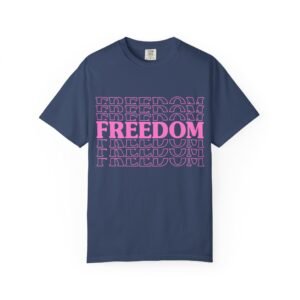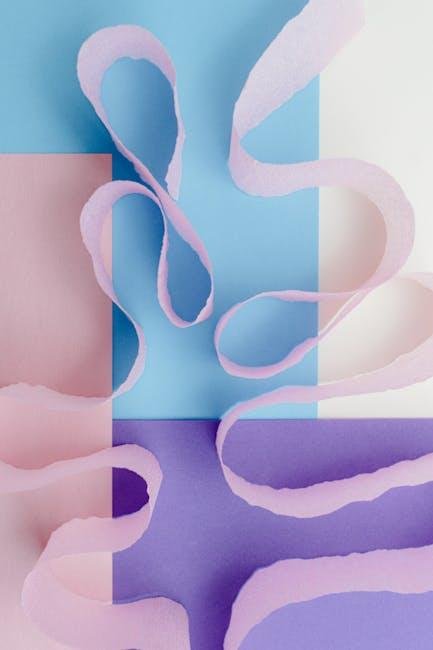In today’s digital world, our screens are practically glued to our hands—from morning scrolls to late-night binge-watching. Enter blue light blocking glasses, the trendy little shields promising to save our eyes from the strain of endless screen time. But are they really the superheroes we hope for, or just another hyped-up gadget? In this article, we’ll dive into the buzz around blue light blocking, sifting through the science and the claims to help you decide if these glasses are a healthy habit worth adopting or just helpful hype. Grab your favorite mug, and let’s get into it!
Table of Contents
- Understanding Blue Light and Its Effects on Your Eyes
- The Science Behind Blue Light Blocking Glasses
- Practical Tips for Reducing Blue Light Exposure Daily
- Choosing the Right Blue Light Filter for Your Lifestyle
- Concluding Remarks
Understanding Blue Light and Its Effects on Your Eyes
Our eyes constantly face exposure to blue light—an energy visible to the human eye with a short wavelength and high energy. It is naturally emitted by the sun and artificially generated by digital screens such as smartphones, computers, and LED lighting. While blue light plays an important role in regulating our circadian rhythms and boosting alertness during the day, prolonged exposure—especially from screens late at night—may contribute to eye strain, discomfort, and disruption of sleep patterns. This has led many to wonder if filtering or blocking these wavelengths could protect our eyes and improve overall wellbeing.
The effects of blue light on the eyes can be both subtle and cumulative. Some common symptoms linked to excessive exposure include:
- Dryness and irritation
- Blurred vision after long screen sessions
- Difficulty falling asleep when using screens before bedtime
Understanding these impacts empowers us to make smarter choices about how and when we engage with screens. Whether through adjusted screen brightness, taking regular breaks, or exploring specialized lenses that filter blue light, small changes can go a long way in maintaining eye comfort in today’s digital age.
The Science Behind Blue Light Blocking Glasses
Blue light is a high-energy visible (HEV) light with a short wavelength, which means it produces more energy than other colors on the spectrum. Naturally emitted by the sun, it plays a crucial role in regulating our circadian rhythm, helping us stay alert during the day. However, in today’s digital age, screens from smartphones, computers, and LED lights largely contribute to prolonged exposure, raising concerns about potential eye strain and disruption to sleep cycles. This is where blue light blocking glasses come in—they claim to filter out these intense rays and protect our eyes from harmful overexposure.
How do they work? These glasses are designed with specialized lenses that absorb or filter out blue light wavelengths, typically between 400-495 nanometers. Beyond the basic lens tint, some employ advanced coatings that selectively block high-energy blue light without distorting color perception. Studies suggest that wearing these glasses can reduce symptoms of digital eye strain such as dryness, headaches, and blurred vision. While research on their impact on sleep is still evolving, many users report improved rest when avoiding blue light before bedtime. In essence, they act as a buffer, addressing:
- Prolonged digital screen exposure
- Disruption of melatonin production and sleep cycles
- General eye fatigue after extended use of devices
Practical Tips for Reducing Blue Light Exposure Daily
Incorporating simple adjustments into your everyday routine can dramatically reduce blue light exposure without sacrificing screen time. Start by enabling night mode or blue light filter features on your devices—most smartphones, tablets, and computers now come with these settings to soften the harsh glare in the evenings. Additionally, consider wearing blue light blocking glasses during extended periods in front of screens; they are stylish, affordable, and easy to integrate into your daily wear.
Beyond gadgets, creating a screen-free wind-down ritual helps minimize artificial light before bed. Try activities like reading a paperback book, meditating, or journaling under the soft glow of warm-toned lamps. To protect your eyes throughout the day, make a habit of blinking often and taking short breaks using the 20-20-20 rule: every 20 minutes, look at something 20 feet away for at least 20 seconds. These small changes foster healthier habits that support both eye comfort and sleep quality.
- Adjust device settings: Turn on blue light filters after sunset.
- Wear protective glasses: Choose blue light blocking lenses for screen use.
- Create screen-free zones: Make bedrooms tech-free areas.
- Practice the 20-20-20 rule: Rest your eyes regularly to reduce strain.
Choosing the Right Blue Light Filter for Your Lifestyle
Finding the perfect blue light filter involves more than just grabbing the first pair of glasses or downloading an app. Your daily routine and screen time habits play a huge role in determining what suits you best. For instance, if you’re glued to devices mostly during the day, lightweight glasses with a subtle tint might be your go-to—they reduce eye strain without altering colors dramatically. Night owls, on the other hand, could benefit from stronger filters or customizable screen settings that ramp up in the evening to help ease your transition to bedtime.
Don’t overlook the variety of filters available beyond glasses. Some prefer built-in device settings or software that tints the screen automatically, which works wonders if you switch between multiple gadgets. Others might find an adhesive screen protector more practical, especially if frequent device handoffs or active lifestyles don’t jive with wearing glasses. To help you decide, here’s a quick checklist of things to consider:
- Comfort: Will you wear the filter for long periods?
- Effectiveness: How strong is the blue light blocking?
- Usage Environment: Are you mostly indoors or outdoors?
- Cost: Does it fit your budget for a sustainable habit?
- Compatibility: Does it work seamlessly with your devices?
Concluding Remarks
Wrapping it all up, blue light blocking is definitely a topic worth paying attention to—whether it’s just a trendy buzz or a genuinely healthy habit depends a lot on your personal screen time and sensitivity. While the science is still evolving, many find that giving their eyes a little extra protection and reducing evening exposure can make a real difference in comfort and sleep quality. So, if you’re staring at screens all day (who isn’t?), trying out blue light blocking glasses or apps might be a simple, low-risk way to help your eyes feel better. At the end of the day, listening to your body and finding what works for you is what matters most. Here’s to healthier screen habits and happier eyes!
Related Products
-
Sale!
Frida Mom 2-in-1 Postpartum Pads, Absorbent Perine…
Mom Original price was: $19.99.$15.19Current price is: $15.19. -
John Deere Bubble Lawn Mower for Toddlers, Bubble …
Kids $29.99 -
Hanes Men’s EcoSmart Fleece, Pullover Crewneck Swe…
Clothing $9.31







